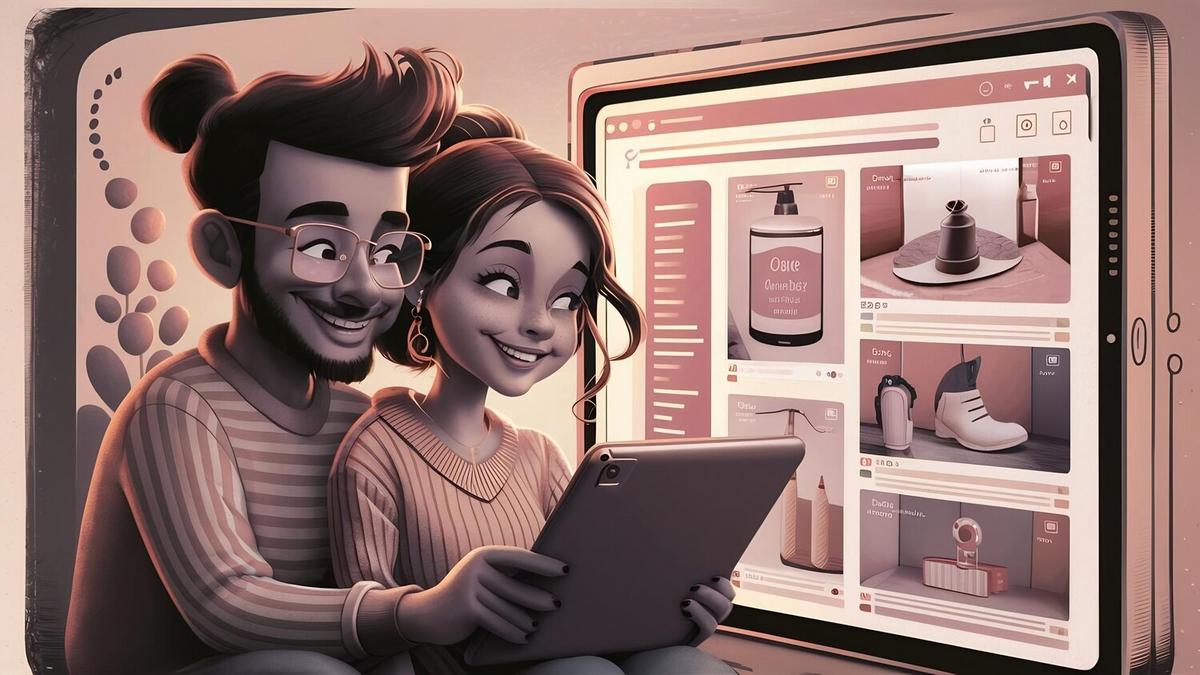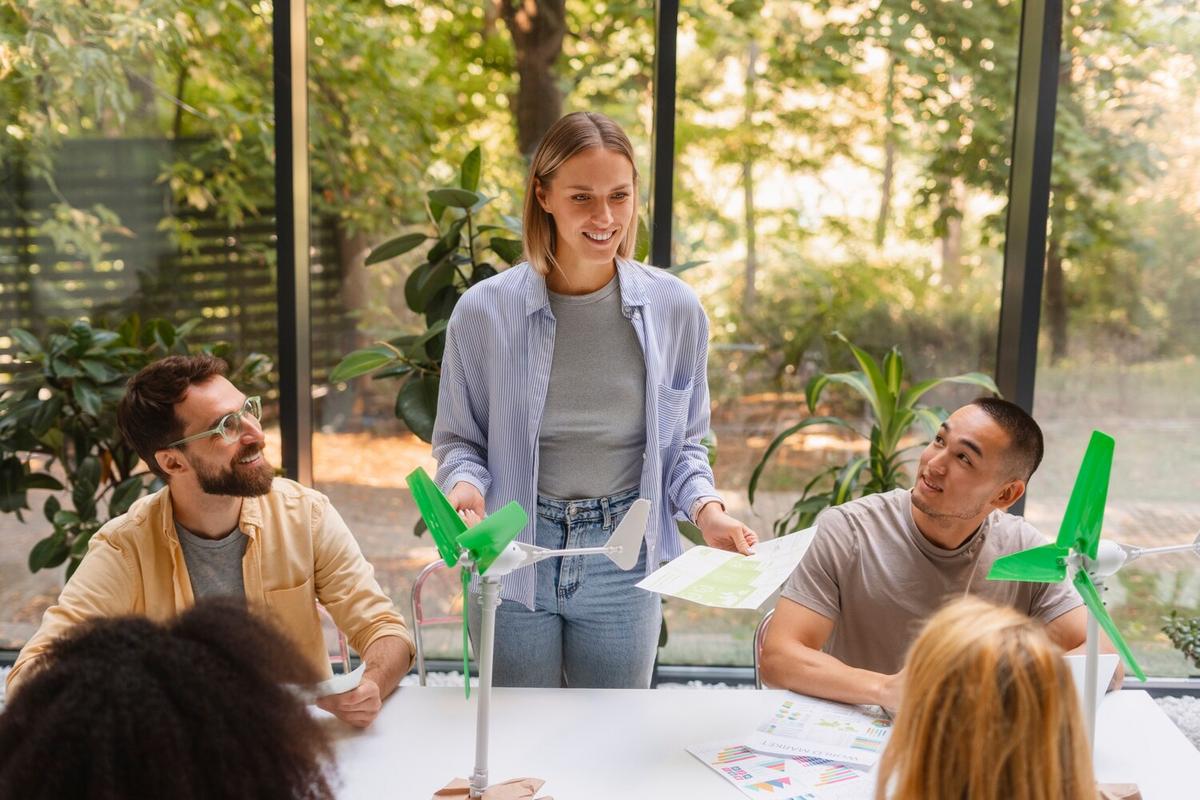
Understanding NFTs: The Future of Digital Collectibles
NFTs, or Non-Fungible Tokens, have surged into the spotlight, revolutionizing the way we perceive digital ownership and collectibles. With the rise of blockchain technology, NFTs are reshaping the landscape of digital art, music, and more, offering a new way to buy, sell, and trade unique digital assets.
The concept of NFTs might seem complex at first, but at its core, it’s about uniqueness and ownership. Unlike cryptocurrencies such as Bitcoin, which are fungible and interchangeable, NFTs are one-of-a-kind digital assets. This uniqueness is what makes them so appealing in the realm of digital collectibles.
Understanding the Basics of NFTs
NFTs are built on blockchain technology, which ensures transparency and security. Each NFT contains distinct information, making it different from any other token, and this data is stored on a blockchain, commonly on Ethereum. This blockchain foundation provides a verifiable proof of ownership and authenticity.
Why NFTs Matter
Expert Opinions: According to renowned blockchain expert Peter Smith, “NFTs represent a significant shift in how we define ownership and value in the digital space.” This sentiment is echoed by many in the cryptocurrency community, highlighting the transformative potential of NFTs.
Statistics & Research: A report by NonFungible.com revealed that the NFT market grew by over 300% in 2020, reaching a market capitalization of over $250 million. This explosive growth showcases the increasing interest and investment in NFTs.
Real-World Examples
Consider the story of digital artist Beeple, who sold an NFT artwork for a staggering $69 million at a major auction house. This event not only underscored the value of digital art but also marked a pivotal moment for NFTs in mainstream media.
How to Get Started with NFTs
- Research Thoroughly: Before diving in, it’s crucial to understand the market dynamics. Explore platforms like OpenSea and Rarible to familiarize yourself with the types of NFTs available.
- Secure a Digital Wallet: You’ll need a digital wallet that supports Ethereum to buy, sell, or store NFTs.
- Stay Informed: Follow NFT news and trends to make informed decisions.
Pro Tip: When purchasing an NFT, always verify the creator’s authenticity to avoid scams or counterfeit tokens.
Comparing NFTs with Traditional Collectibles
| Aspect | NFTs | Traditional Collectibles |
|---|---|---|
| Ownership | Blockchain verified | Physical verification |
| Portability | Digital, easily transferable | Physical, location-dependent |
| Scarcity | Digitally ensured | Physically ensured |
| Market | Global, 24/7 | Often local or timed |
| Resale | Quick and digital | Often slower and physical |
| Condition | Immutable by nature | Can degrade over time |
| Fraud Risk | Lower with blockchain | Higher without verification |
| Environmental Impact | Concerns over energy use | Varies widely |
FAQ
What makes an NFT valuable?
NFTs derive value from their uniqueness, provenance, and the demand for the digital asset they represent.
Can NFTs be copied?
While the digital file can be copied, the ownership and original tokenization cannot, as these are secured on the blockchain.
Are NFTs a good investment?
Investing in NFTs can be profitable but also risky, similar to other investment forms, due to market volatility.
Conclusion
As NFTs continue to evolve, they offer exciting opportunities for creators and collectors alike. By understanding their mechanics and staying informed, anyone can participate in this digital revolution. Whether you are an artist seeking new ways to monetize creativity or a collector intrigued by digital ownership, NFTs present a frontier with limitless possibilities.


